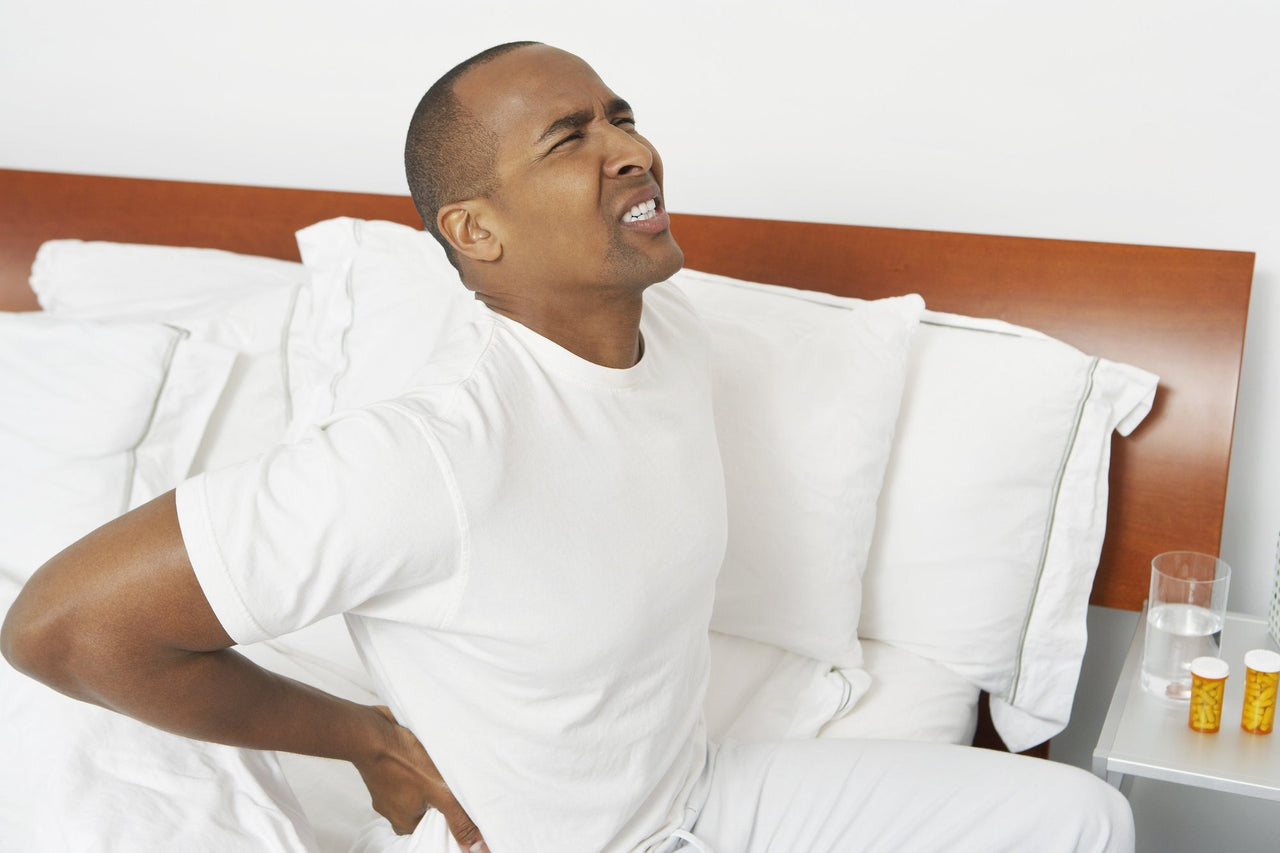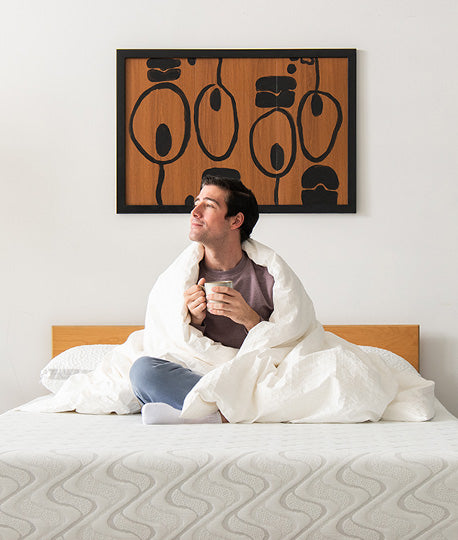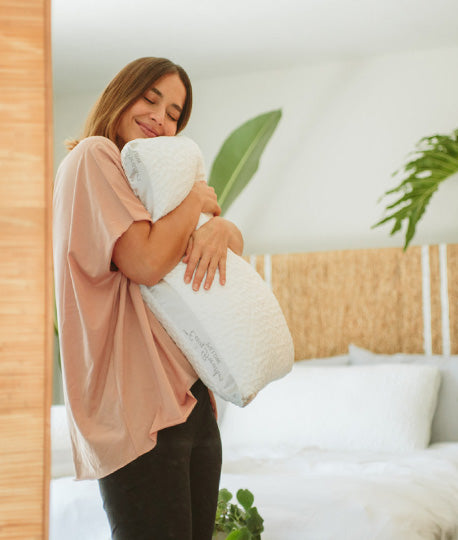Restless Sleeper? Tips to Better Your Sleep Positions

You probably get into the same sleep position each night when you get into bed. But if you aren't waking up feeling refreshed, you're in pain or you can't stay asleep all night, you might be choosing the wrong sleep position.
While sleeping positions aren't as vital for young people, they play a bigger role in quality slumber as you get older. That's because age brings certain health issues that can be exacerbated by poor sleep habits.
The way you sleep can also lead to health issues, no matter your age. That includes conditions like sleep apnea and acid reflux.
What if the solution was to switch up how you sleep? Certain positions during sleep can aid in good sleep hygiene, as well as control or prevent symptoms of a variety of health problems.
Keep reading to find out the best way for you to lay down at night.
Renewable Mattress Sale!
Shop Sleep Savings
+ Get a Free Lifetime Renewal Exchange on the Sparrow, Owl, and Finch mattress.
Fetal Position
Fetal position is one of the most common ways to sleep at night, particularly among women. About 40 percent of Americans choose this position when they go to bed.
It turns out that this is a good choice, as fetal is one of the best sleep positions for good health and good sleep. The primary reason for this is because it promotes the natural alignment of your spine while you are lying down.
Research also finds that sleeping in the fetal position allows your brain to more effectively remove waste. This helps prevent brain diseases like Alzheimer's.
This is also a good way to sleep to prevent snoring, especially when you lay down on your left side. It's also ideal for pregnant women.
To get the most out of sleeping in the fetal position, keep your back slightly loose. This helps prevent constriction of the lungs and diaphragm, which can hinder breathing while you sleep.
Log Position
If you sleep on your side, with your arms down and resting close to your body, you are in log position. It's a good way to slumber and protects your health at the same time, according to experts.
When you sleep on your side but keep your back straight, it optimizes breathing patterns. Log position can help control symptoms associated with sleep apnea.
Lying on your left side in this position can also help reduce heartburn and enhance digestion as you sleep.
If you feel any pressure in your hips when sleeping on your side, place a folded towel or soft pillow between your knees. This helps keep your hips aligned, preventing pain and stiffness in the morning.
Back Sleeping
For many people, back sleeping is the most comfortable. It has a few benefits that you can take advantage of. For example, it helps control pain in the back, hips, and knees.
However, for some people with back pain, sleeping on their back makes pain worse. In that case, it might not be the best position for you.
Skincare experts suggest sleeping on your back because it helps keep pressure off the delicate skin on your face. This is thought to reduce the appearance of fine lines and wrinkles.
Back sleeping is a good choice if you have acid reflux. This position helps control the backup of stomach acid into your esophagus while you sleep, helping you get a better night's rest.
If you snore or have sleep apnea, back sleeping probably isn't the best position for you. It can make both conditions worse, reducing the amount and quality of sleep you get at night.
Stomach Sleeping
For most people, sleeping on your stomach isn't the best choice. However, if it's the only position you can seem to get comfortable in, make sure you don't sleep with your head facing the same direction all the time.
This can lead to stiffness and pain in your neck. Consistent stomach sleepers are more likely to report pain in their lower back, according to researchers studying sleep habits.
If you choose to sleep on your stomach, make sure you have a soft pillow. This helps keep the neck pain to a minimum. You might also try propping your pillows in a way that lets you look down toward your mattress while you sleep.
Just be sure you can breathe easily so you can fall asleep and stay asleep.
Changing Your Sleep Positions
If you feel that your sleep habits may be to blame for lack of quality sleep or inadequate amounts of sleep, changing your position can help.
You will have to be intentional about this as changing a habit takes a few weeks. You may find that when you wake up, you're back in your usual sleep position.
When that happens, simply move back into the desired position and try again. It will take a bit of time to get used to your new sleep habits, but within a few weeks, you should notice a difference.
You can use pillows or blankets to help put gentle pressure on your body while you sleep. This can help keep you from rolling over or moving into another position.
Your sleep position is an important part of quality sleep. However, good sleep hygiene involves several other habits as well.
The ideal room temperature for sleep is between 60 and 67 degrees. A white noise machine can help cover up outside sounds that can wake you up during the night.
Avoid heavy meals or alcohol too close to bedtime. You should also turn off the blue light on your smartphone or tablet. This light mimics sunlight and can make it hard to fall asleep.
Make sure you have a supportive and comfortable mattress and pillow as well. This promotes good sleep but also helps prevent aches, pains, and stiffness when you wake up.
What Should You Do Next?
Now that you know which sleep positions are the best, you can give them each a try. Most people find that the fetal position is the ideal choice for optimal sleep.
If you change your sleep position and still find that you're having a hard time getting quality sleep, talk to your doctor about other steps you can take.
Let us help you get the best sleep of your life with our high-quality sleep products.
Shop Nest Bedding
The right pillow can make or break your sleep. Try one of our famous Easy Breathers today!




